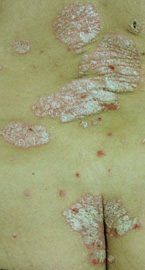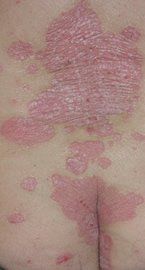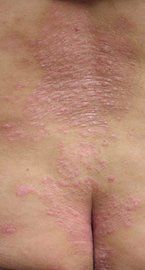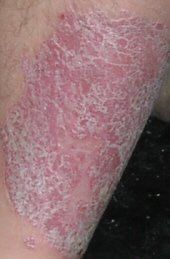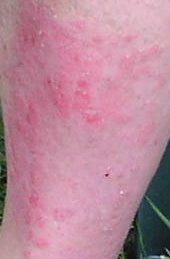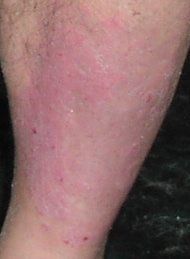Dr.Wheatgrass Treats: Psoriasis
Psoriasis
Psoriasis is a common skin condition that can affect people of all ages. It is characterised by a scaly rash that may or may not be itchy. It is not contagious nor is it due to an allergy.
There is a genetic predisposition to psoriasis (it can run in families) but there is also an autoimmune element involved. i.e. the body’s immune system attacks normal skin and causes damage. The condition affects men and women equally and is often very mild, however it can become quite severe in some patients
About 5% of psoriasis sufferers will develop joint pains (psoriatic arthritis) which can affect one or more joints.
Psoriasis often responds well to wheatgrass extract resulting in reduced scale, thinning of plaque (the lesions can become very thick and unsightly) and reduced inflammation. Daily topical application of wheatgrass extract in a cream base or preferably a lotion appears to helps reduce inflammation and possibly boost the skin’s immunity which may help overcome the autoimmune component of the disorder. Ideally, combine the wheatgrass extract orally with the topical lotion.
Typically, itch tends to diminish early (sometimes in two or three days) followed by thinning and flattening of plaque over several months. Following continued daily application, lesions begin to fade and can eventually disappear or reduce in number or size. Patients generally find that in time they can apply the extract on a needs basis rather than every day.
For a fair assessment of efficacy, treatment should be continued for at least six, preferably twelve, months. Many patients are eventually able to dispense with both oral medication and topical pharmaceuticals.
Case History: Psoriasis 20 years
Back & buttock lesions
Psoriasis in a 63 yo male present for 20 years. Numerous topical applications, UV, cortisone injections with little, if any improvement over the years except in summer.
The photograph on the left (after one month’s treatment with wheatgrass Skin Recovery Spray twice daily) shows thick plaque, heavy scale formation and rough, thickened edges around lesions. By this stage, the patient’s itch had significantly improved, and only required occasional topical steroid application.
Centre (6 months treatment), plaque visibly thinner, lesions flattening and spreading, pinkish skin colour returning to lesion surface and edges more clearly defined. Most noticeable are the numerous “skin lines” forming, a sign that I believe shows that skin “normalisation” has begun. More “pseudolesions” have appeared, but these tend to become pale and disappear in time. At this stage, the patient’s genital psoriasis, present for many years, had largely resolved.
Right (9 months treatment) Lesions flatter and fading, approaching normal skin colour. Significant improvement in appearance of lesions over treatment period.
Note:These photographs were not taken by the author.

